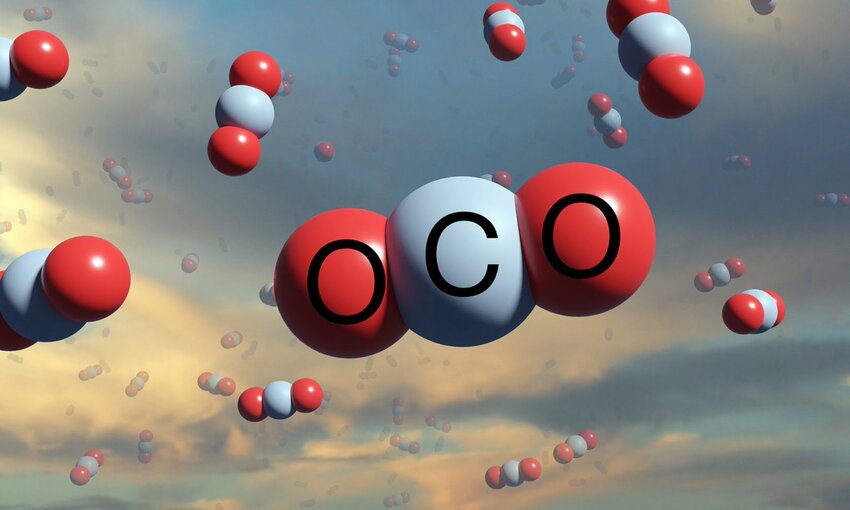 (Credit: Pixabay)
(Credit: Pixabay)Chief Industries, Inc. and Catahoula Resources have entered into an agreement to jointly develop carbon capture and permanent sequestration (CCS) within Nebraska.
Through this arrangement, Chief Ethanol, a division of Chief Industries, joins forces with Catahoula, a portfolio company of private investment firm The Energy and Minerals Group (EMG), one of the largest investors in midstream infrastructure in North America.
Catahoula and Chief are currently evaluating CCS infrastructure investments that will enhance the sustainability and improve the economics of ethanol production through low-cost carbon storage within Nebraska. Work has already begun to evaluate favorable storage geology through Catahoula’s joint development arrangement with Battelle.
The passage of LB650 (Adopt the Nebraska Geologic Storage of Carbon Dioxide Act) allows for the geologic storage of carbon dioxide. The Act was introduced in January 2021 and passed May 26. LB650 allows geologic storage only if a storage operator obtains a permit from both the commission and the Environmental Protection Agency’s Underground Injection Control program. Before the commission issues a permit, it must hold a public hearing and consult with the state Department of Environment and Energy and the federal permitting authority.
The commission must find that the proposed storage facility would not endanger surface waters or underground drinking water sources and that the storage operator will establish a testing and monitoring plan to assess the location and migration of injected carbon dioxide.
In March, Valero Energy and BlackRock Global Energy & Power Infrastructure Fund III announced they were partnering with Navigator Energy Services to develop an industrial scale carbon capture pipeline system. The initial phase is expected to span more than 1,200 miles of new carbon dioxide gathering and transportation pipelines across five Midwest states with the capability of permanently storing up to 5 million metric tonnes of carbon dioxide per year.